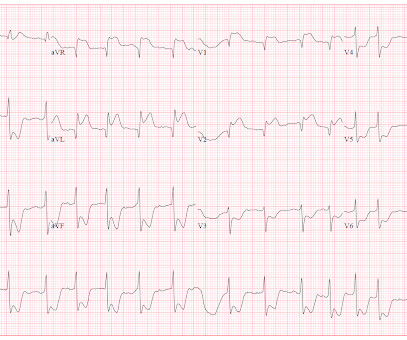Abstract 044: Single?Step Intracranial Angioplasty followed by Atlas Stent Deployment Through Mini Trek Rx Balloon
Stroke: Vascular and Interventional Neurology
NOVEMBER 9, 2023
Santa Clara, CA, USA) semi compliant balloon adapted from cardiovascular literature which showed a pre‐dilation angioplasty capability in coronary stenotic lesions.MethodsWe performed a retrospective review of prospectively maintained mechanical thrombectomy (MT) databases of 2 comprehensive stroke centers between November 2020, and May 2023.



















Let's personalize your content